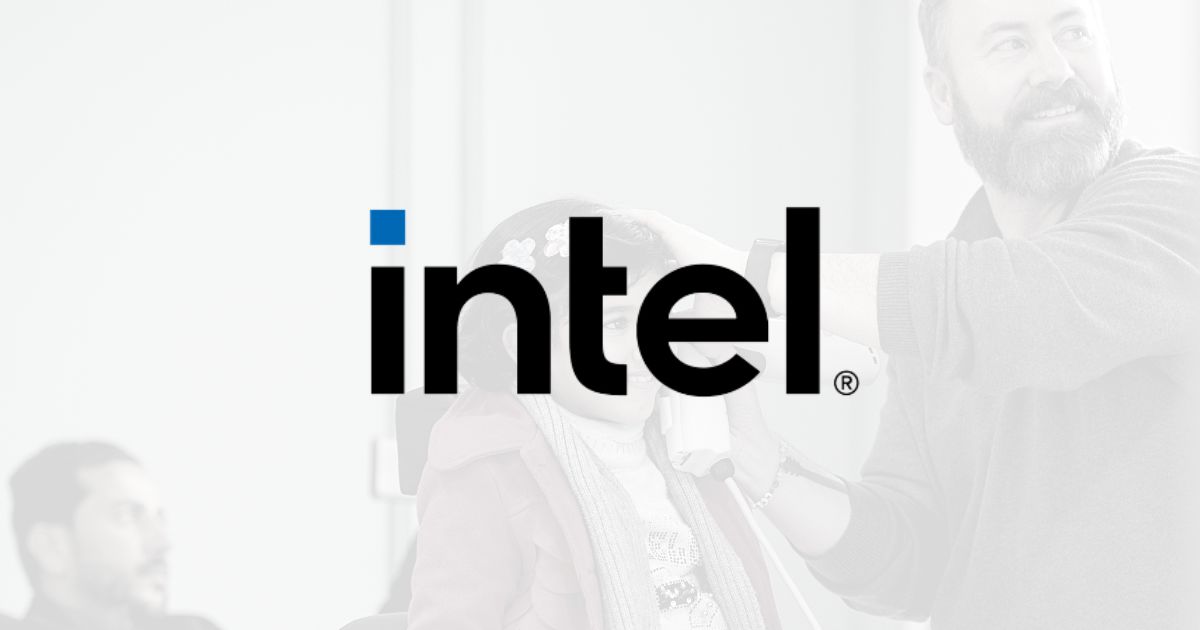SANTA CLARA, CALIFORNIA – Intel, a leading technology company, is spearheading initiatives to improve accessibility for individuals with hearing loss. With over 1.5 billion people worldwide living with hearing loss, a number projected to rise to over 2.5 billion by 2050 according to the World Health Organization, technology plays a crucial role in enabling inclusivity and independence.
To address the issue of access, Intel has partnered with 3DP4ME and Accenture to utilize 3D printing technology in developing countries. Through this collaboration, 3DP4ME is piloting a project in Jordan where children’s ears are scanned, and custom-fitted hearing aids are 3D printed.

Working with Intel and Accenture, 3DP4ME uses 3D printing to bring assistive technology to people in developing countries. 3DP4ME is piloting its project in Jordan, taking scans of children’s ears and printing custom-fitted hearing aids. (Credit: 3DP4ME)
Compared to traditional manufacturing methods, this approach is faster and more cost-effective, ultimately increasing access to hearing aids for those in need. The aim is to scale this initiative and democratize hearing solutions worldwide.
“Previous work to provide hearing aids to children included hand-making the custom ear molds. It was a craft that was labor-intensive, and you could only make four or five hearing aids a day. There were long wait times, even after the kids were tested. Using 3D printing allows us to scale up the service we provide to families and kids who need hearing aids.”
—Jason Szolomayer, founder of 3DP4ME
Intel CEO Pat Gelsinger, who personally uses a hearing aid, is also advocating for the importance of accessible technology, further driving awareness on this issue.
In addition to increasing access to hearing aids, Intel is actively working on improving the integration of assistive technology with computers. Collaboration with leading hearing aid vendors aims to enhance the user experience when connecting hearing aids to laptops. Intel’s Client Computing Group (CCG) is leveraging Bluetooth LE Audio to establish a direct connection between Intel Evo PCs and “Engineered for Intel® Evo™” verified hearing aids, eliminating the need for intermediary devices like dongles or dedicated boxes. This effort seeks to simplify the process for individuals using hearing aids, allowing for a seamless connection to their computers.
Improving Accessibility and the Hearing Experience
Intel’s CCG Accessibility Project encompasses various initiatives beyond hearing aid compatibility. One such effort is All Ears, an ambient-aware artificial intelligence platform designed to assist individuals with hearing disabilities. This technology identifies important sounds and provides visual notifications on the user’s screen, enabling them to stay connected to their environment while focusing on their PC activities. This feature is particularly helpful in shared or noisy environments, offering a clearer audio experience and promoting engagement.
These endeavors reflect Intel’s long-term commitment to inclusivity and the belief that assistive technology and accessibility drive innovation. The company remains dedicated to developing world-changing technology that improves the lives of individuals worldwide.
*Readers interested in how Intel is improving accessibility for people with hearing loss can view the interview below:
About Intel
Intel (Nasdaq: INTC) is an industry leader, creating world-changing technology that enables global progress and enriches lives. Inspired by Moore’s Law, we continuously work to advance the design and manufacturing of semiconductors to help address our customers’ greatest challenges. By embedding intelligence in the cloud, network, edge and every kind of computing device, we unleash the potential of data to transform business and society for the better.
© Intel Corporation. Intel, the Intel logo and other Intel marks are trademarks of Intel Corporation or its subsidiaries. Other names and brands may be claimed as the property of others.
Source: Intel







